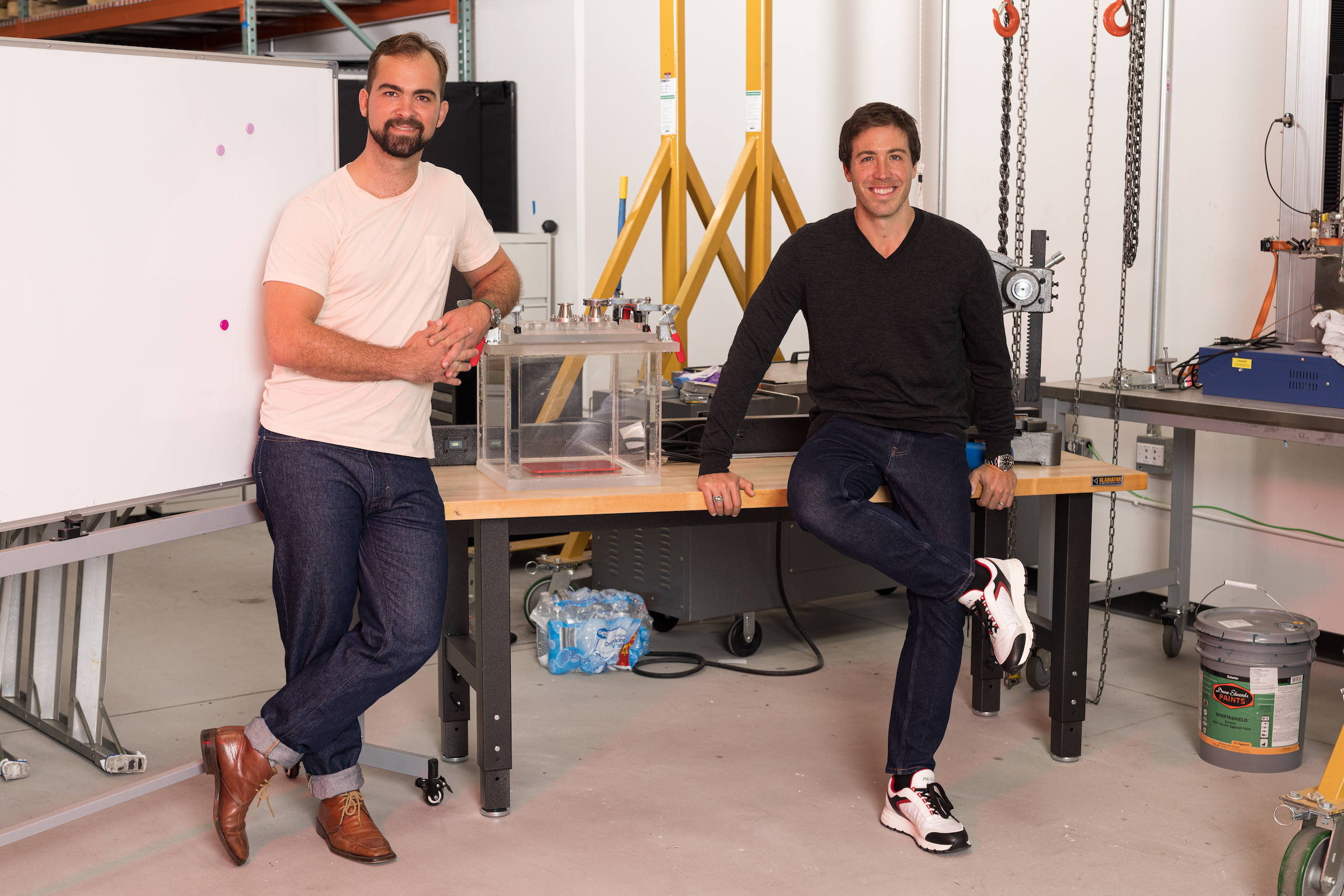Los Angeles-based startup Apex Space will launch its first satellite bus next January, part of its bet that spacecraft mass manufacturing will enable humanity’s greater expansion into the cosmos.
The company will launch its Aries spacecraft, which will be equipped with multiple customer payloads, on board SpaceX’s Transporter-10 rideshare mission. Aries, the first in a line of planned satellite buses, will be capable of a maximum 200 kilograms of wet mass and a 100 kilogram payload capacity to low Earth orbit.
To Apex co-founder Ian Cinnamon’s knowledge, this first mission will mark the fastest time a company has ever moved from clean sheet to launch for this size class of satellite, he told TechCrunch in a recent interview.
Moving fast is the point. Apex, which came out of stealth last fall with $7.5 million in seed funding, was founded by Cinnamon and Maximilian Benassi after the pair observed a bottleneck in the space industry related to satellite bus manufacturing. Industry standard has been both costly and time-consuming: custom-building buses for each customer. Apex was founded on the hunch that the space industry is demanding something different — and that it doesn’t all boil down to price.

Apex Space co-founders Maximilian Benassi and Ian Cinnamon. Image Credits: Apex Space
“The biggest thing that we’re noticing is, the largest driver for all the customers that we talk to is speed,” Cinnamon said in a recent interview with TechCrunch. “When we first entered this, we thought the biggest differentiator would be reliant on price. […] The number of people that approach us and say, ‘Hey, I need your help, I need to buy a spacecraft that would get me in orbit in six months, nine months, 12 months, really to us proves out that the bottleneck is really the pace of getting the satellite buses manufactured. We specialize in, how can we be the fastest producer.”
Apex’s plan is to move along a growth curve that looks nearly exponential on paper. Next year, the company aims to manufacture five Aries satellites; by 2025, 20 satellites; and by 2026, 100 satellites. The company is currently building the spacecraft from its Los Angles headquarters, though Cinnamon said the plan is to eventually break ground on a factory capable of manufacturing up to one satellite per week.
There will be multiple paying customers on this first mission, though Cinnamon declined to name them. Unlike future missions, Apex will be flying the satellite bus themselves, rather than selling it outright to customers.
“We want a little bit more control over what happens in space and because of that we effectively are our own primary customer, and we have additional commercial paying customers who are putting their payloads on our spacecraft as well,” Cinnamon explained.
Apex eventually plans to offer multiple satellite bus models, including a 250 kilogram payload capacity bus called Nova and a 500 kilogram payload capacity bus named Comet. But starting with Aries, rather than an ultra-large satellite bus, is the result of an “industry trend” that the company has noticed, Cinnamon said. That trend is related to the proliferation of satellite constellations in low Earth orbit, which are composed of many dozen or hundred (or more) smaller satellites, as opposed to fewer very big satellites.
While other companies may be designing larger satellite buses, with bets that SpaceX’s Starship and other planned heavy-lift rockets will come online sooner rather than later, Cinnamon said Apex is planning for today’s market needs.
“We want to be building for today’s market, as well as be well-positioned as the market grows and changes to be able to go where the puck is going,” he said. “But we don’t want to wait for the puck.”
Satellite bus startup Apex Space plans first launch aboard SpaceX’s Transporter-10 by Aria Alamalhodaei originally published on TechCrunch















 English (US) ·
English (US) ·